Mundo Maya
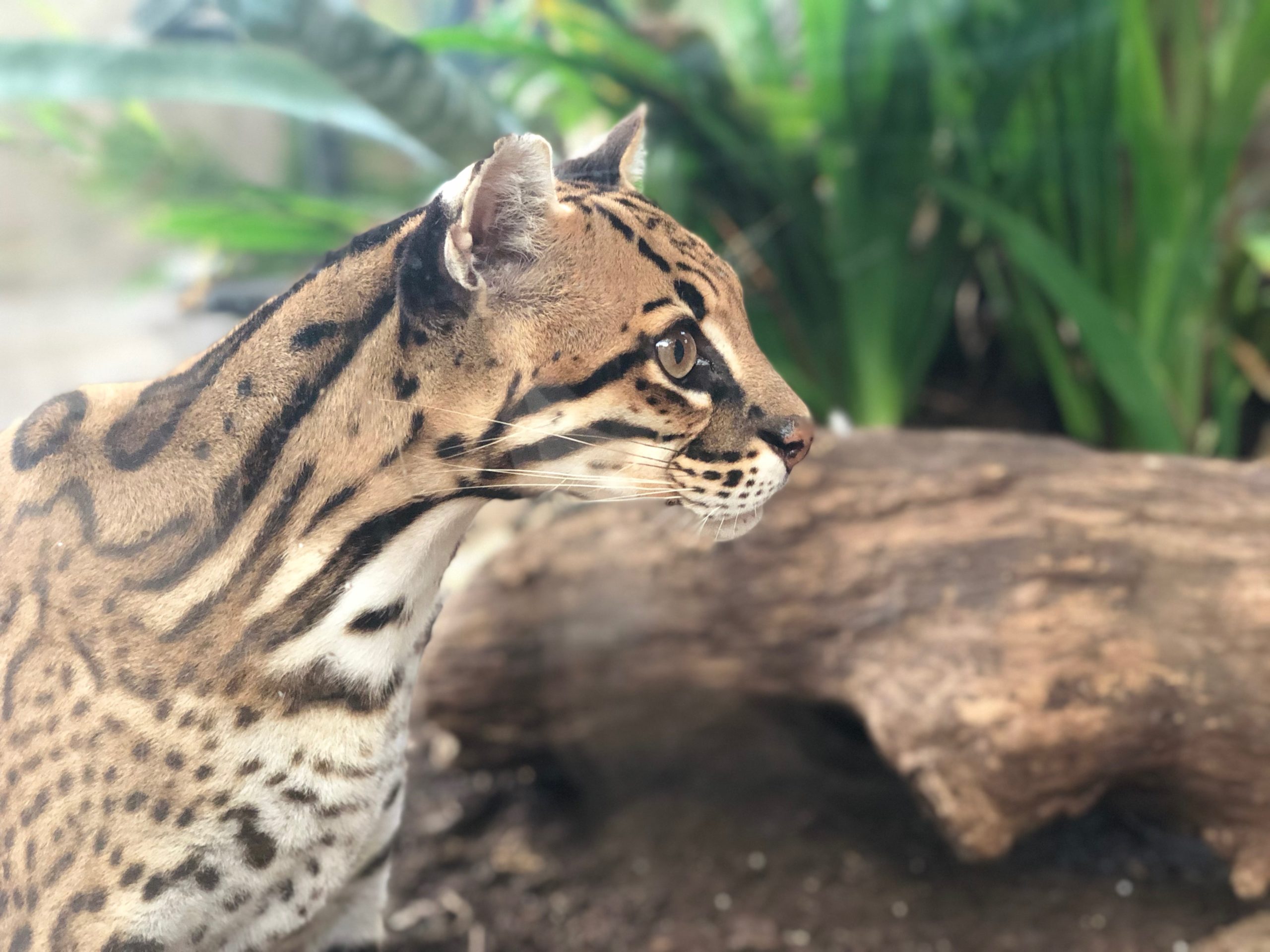
Ocelot, Leopardus pardalis
Ocelots are known for their beautiful coats. They have a short fur that is marked with both black spots and rosettes. The base color ranges from tawny to reddish brown. Their undersides tend to be lighter or white in color.
LEARN MORE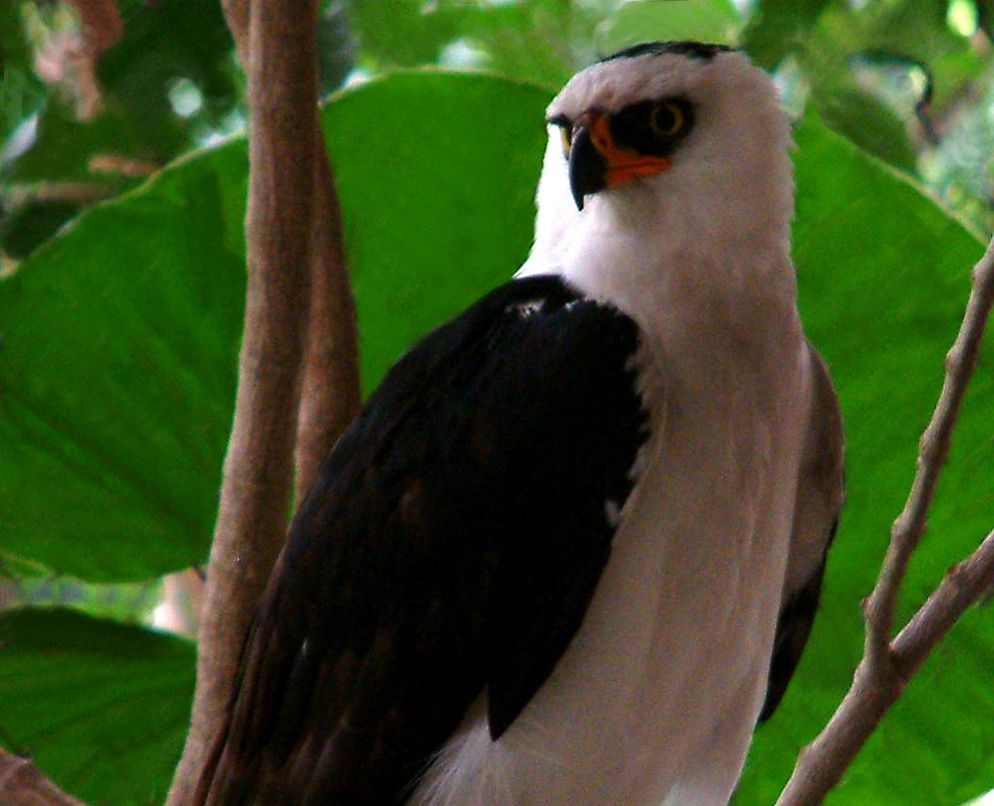
Black-and-white hawk-eagle, Spizastur melanoleucus
The Black and white hawk-eagle as the name suggests, is a black and white eagle with a small crest that forms a “skullcap-like” black spot on its head. Its head, neck and body are white, the wings are brownish-black and the grayish-brown tail is barred. The cere is orange and the eyes are yellow. The beak has a black tip. The feet are bright yellow with black talons. The sexes are similar, but females are larger.
LEARN MORE
American flamingo, Phoenicopterus ruber
The most brilliantly colored of the six species of flamingos, this familiar bird breeds in various Caribbean islands, the Caribbean coast of South America, the Yucatan Peninsula, and the Galapagos. The American or Caribbean flamingo remains abundant in the wild. In captivity, there are more than 4,000 worldwide, with more than 1,500 in US collections alone. They easily live more than 40 years in zoos. Since the first captive breeding in 1937, they have been hatched in many places. They build their nests from mud, and lay only one egg at a time.
LEARN MORE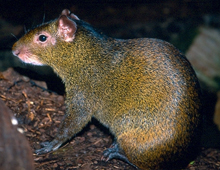
Central American agouti, Dasyprocta punctata
Weighing up to eight pounds, this rodent is considered delicious and is hunted by humans throughout its range, from the Mexican state of Chiapas through Central America to northern South America. It has also been introduced to Cuba and the Cayman Islands. They eat fruit and nuts, which they hold in their paws like a squirrel. They have two to four young at a time. Males and females form permanent pairs, though males stay away while the female is nursing. They may live up to 20 years, an unusual longevity for a rodent.
LEARN MORE
Spectacled owl, Pulsatrix perspicillata
Found in forests from southern Mexico to Argentina, this owl was known to the Aztecs for sounding like “tiles clinking together”. Instead of hooting, they primarily produce a rapid knocking or tooting sound. Because of this call they are called “Coffin Makers” in parts of their range. Imported to England more than 150 years ago, it has long been a popular bird in captivity, and has bred in a number of collections, including the DWA. Young birds have a black mask that eventually retracts to the adult’s face pattern.
LEARN MORE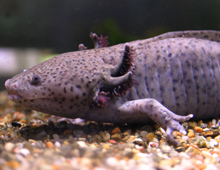
Axolotl, Ambystoma mexicanum
This Mexican relative of the Tiger salamander keeps its external gills throughout life, making it a classic example of the retention of juvenile features into adulthood (technically known as paedomorphism or neoteny). Now critically endangered, since most of its former habitat is occupied by Mexico City, it was an important food for the Aztecs, whose name for it translates as “Water Dog”. First brought to Europe in 1863, it became an important experimental animal in laboratories, where an albino mutation was established.
LEARN MORE
Jaguar cichlid, Parachromis managuense
Many aquarists who encounter this species in pet stores are unaware that an engaging inch-long juvenile can quickly grow over a foot in length, devouring any size-appropriate tank mates in the process. Because of its intelligence and bold personality, it remains one of the most popular New World cichlids in home aquariums. In its native Nicaragua, where it is known as Guapote tigre, it is also very popular, especially grilled or deep-fried, with garlic.
LEARN MORE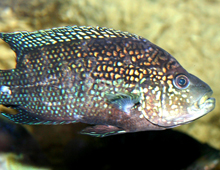
Jack Dempsey cichlid, Rocio octofasciata
Described for science in 1903, this species was imported by the Umlauff Pet Store in Hamburg, Germany in 1904, making it one of the earliest cichlids kept in aquariums. Despite being large, aggressive, and prone to dig up plants, it has always been popular in home aquariums, especially after it received its common name in honor of the famous World Heavyweight boxer (1895-1983). Actually found from Southern Mexico to Honduras, it was long mistakenly thought to be South American, and misidentified as Cichlasoma biocellatum.
LEARN MORE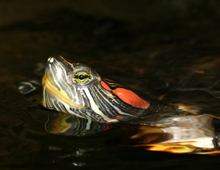
Red-eared slider turtle, Trachemys scripta elegans
Until 1975, when selling turtles less than four inches long was banned due to outbreaks of salmonella in children, “babies” of this species were sold by the millions every year, for a few cents. Most died due to ignorance of their care. Those that lived, soon outgrew their green color and “cuteness”, reaching more than ten inches. Many were turned loose, with the result that these turtles from the Midwestern US are now found on both coasts, as well as such countries as France, South Africa, and Japan, where they threaten biodiversity.
LEARN MORE
Hourglass tree frog, Dendropsophus ebraccata
While “hourglass” is fairly descriptive of the pattern on the back, as with human fingerprints and zebra stripes, each frog has its own unique set of markings, unless, as is sometimes the case, it has no pattern at all. This species occupies a range of habitats from Mexico down into northern South America. Like its much larger relative, the Waxy monkey tree frog, it can lay its eggs above water, into which the tadpoles fall after they hatch. However, if there is little or no shade, it may lay its eggs in the water like most frogs. It is the only frog that can do both.
LEARN MORE

